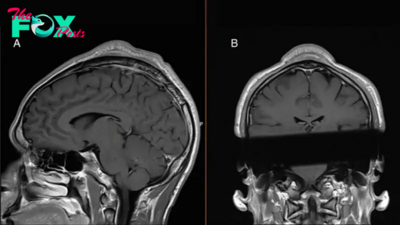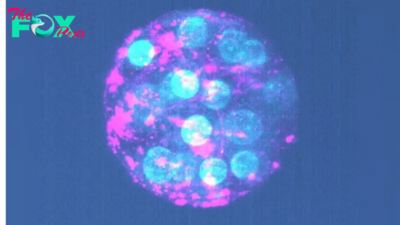Health
How does anesthesia work?
There's evidence of humans performing major surgeries since the Stone Age, as evidenced by ancient skulls with holes drilled in them, and the remains from a 31,000-year-old leg amputation in Borneo, for instance. However, the use of anesthesia didn't become widespread until the 1840s, when a dentist demonstrated that ether gas could be used to knock people out for surgery and ease their pain.
But how does anesthesia work, exactly?
Local anesthesia
Different types of anesthesia are used for different procedures, according to UCLA Health.
Sedation, or "monitored anesthesia care," can be used in minor surgeries — such as biopsies and some dental work — to make a patient relaxed and drowsy without causing them to lose consciousness. Local anesthesia, numbs only specific parts and keeps the patient awake.
Related: Do redheads really need more anesthesia?
Regional anesthesia, such as epidurals given during childbirth, blocks sensation to a whole area of the body. More-complex procedures, such as major surgeries, may call for general anesthesia, which numbs the whole body and causes the patient to lose consciousness.
Different anesthetics work in distinct ways. Local anesthetics, for example, work by preventing nerve cells from sending pain signals to the brain. More specifically, the drugs do so by stopping the flow of charged sodium molecules, or ions, through channels in the nerve cells. It's this flow of sodium ions that, when high enough, prompts a neuron to shoot a signal to its neighbors; together, the linked cells relay messages to the brain.
-

 Health17h ago
Health17h agoTeens Are Stuck on Their Screens. Here’s How to Protect Them
-

 Health22h ago
Health22h agoHow Pulmonary Rehab Can Help Improve Asthma Symptoms
-

 Health22h ago
Health22h ago10 Things to Say When Someone Asks Why You’re Still Single
-

 Health2d ago
Health2d agoThe Surprising Benefits of Talking Out Loud to Yourself
-

 Health2d ago
Health2d agoDoctor’s bills often come with sticker shock for patients − but health insurance could be reinvented to provide costs upfront
-

 Health2d ago
Health2d agoHow Colorado is trying to make the High Line Canal a place for everyone — not just the wealthy
-

 Health2d ago
Health2d agoWhat an HPV Diagnosis Really Means
-

 Health2d ago
Health2d agoThere’s an E. Coli Outbreak in Organic Carrots



























